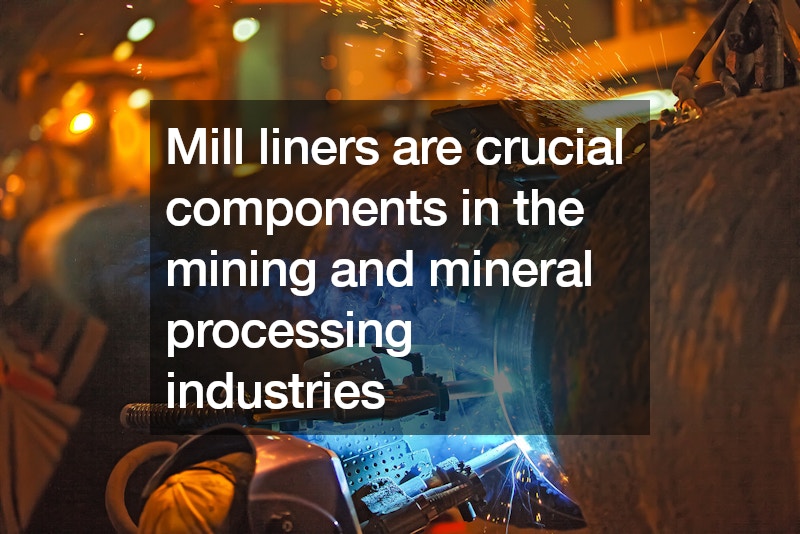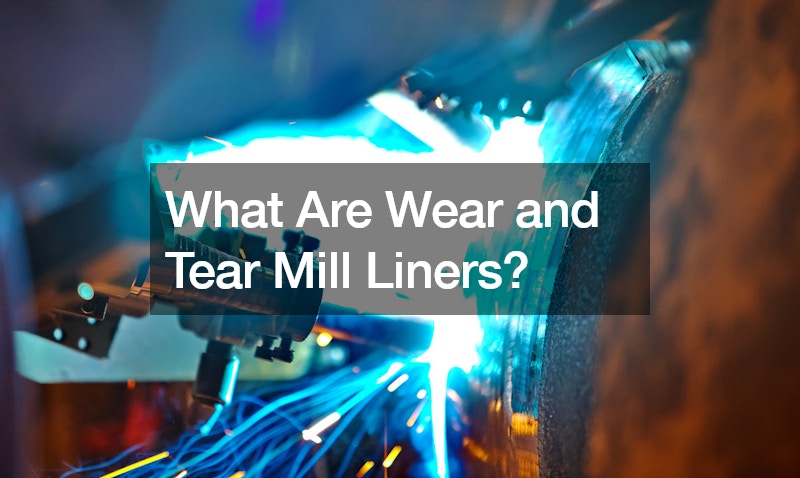Mill liners are crucial components in the mining and mineral processing industries, providing protection to the mill shell and enhancing the efficiency of the grinding process. Despite their robustness, mill liners are subject to wear and tear, which can significantly impact their performance and longevity. Keep reading to learn about the primary reasons for wear and tear mill liners.
One primary cause of mill liner wear is the constant impact and abrasion from grinding media and processed material.
As the mill operates, grinding balls or rods collide with the liners at high speeds, causing gradual erosion and material loss. The severity of this impact wear depends on factors such as the size and hardness of the grinding media, as well as the speed and duration of mill operation.
Another significant factor contributing to liner wear is the chemical composition of the ore being processed. Certain ores contain corrosive elements that can react with the liner material, leading to chemical wear. This type of wear is particularly prevalent in mills processing ores with high acidity or alkalinity, which can accelerate the degradation of liners.

Moreover, the quality of the liner material itself is a determining factor. Inferior materials or suboptimal design can result in faster wear and reduced liner lifespan. Investing in high-quality mill lining solutions tailored to specific milling conditions can mitigate these issues and extend the liners’ operational life.
